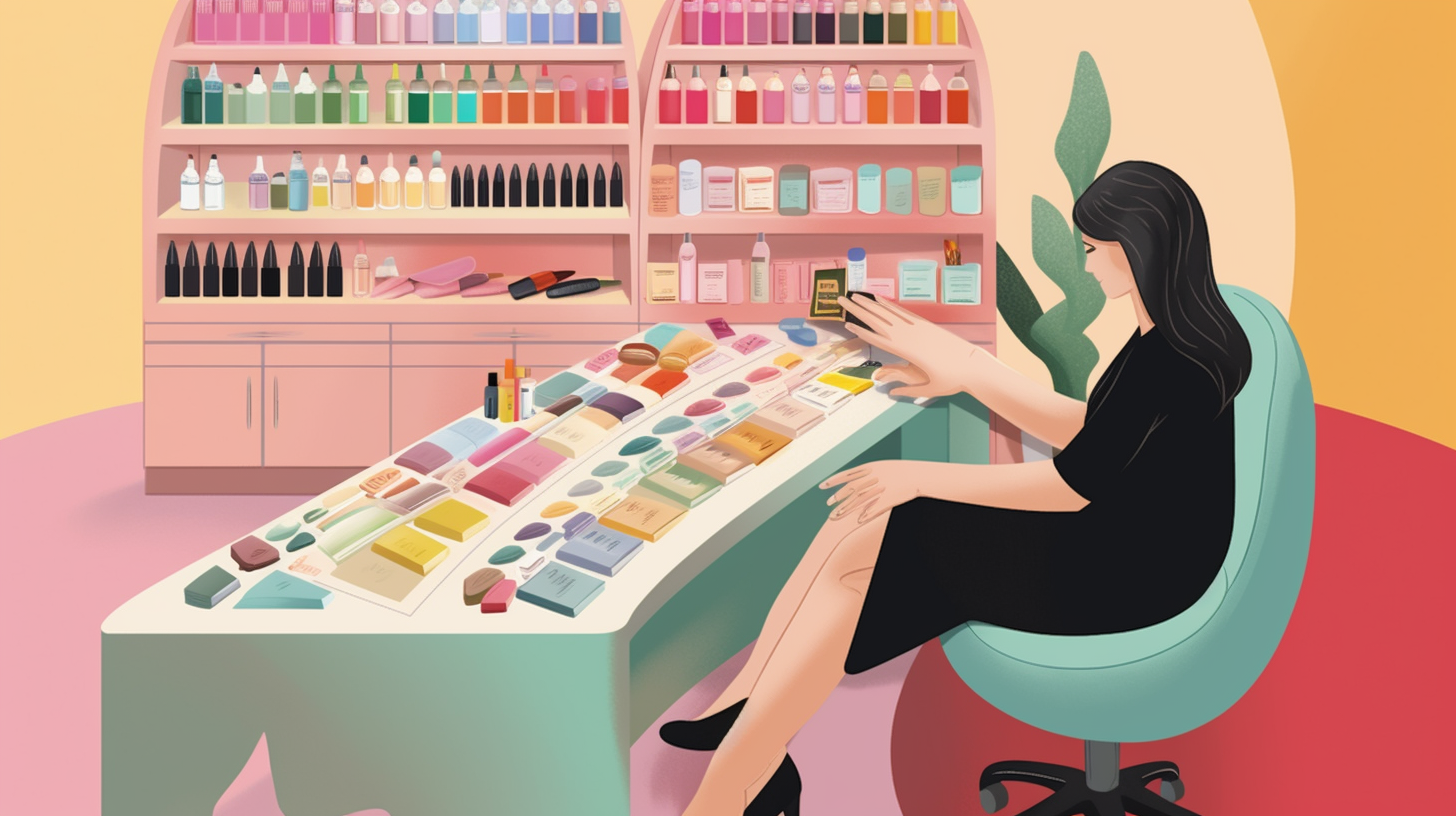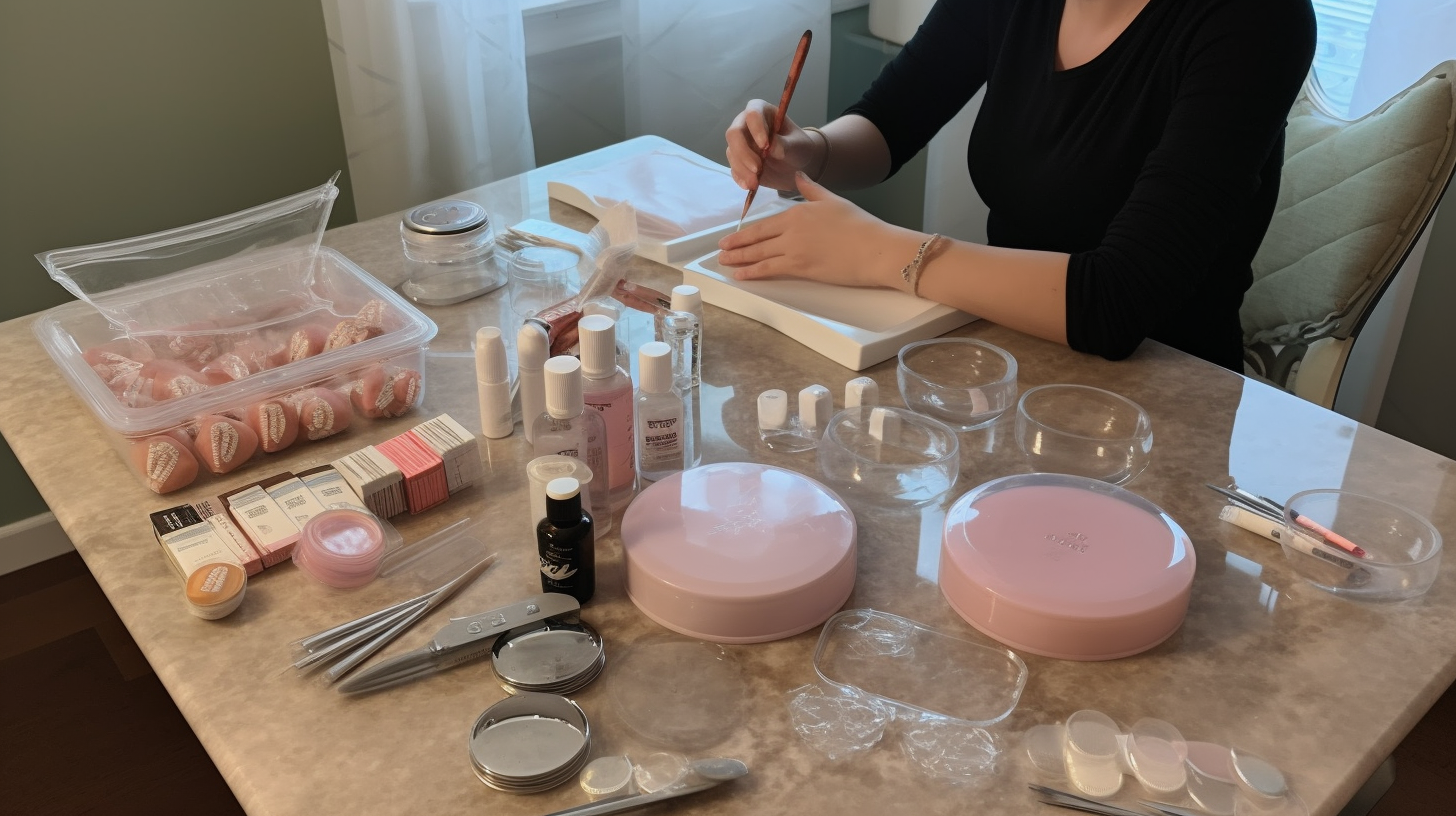When to Replace Your Nail Tools: The Ultimate Guide to Keeping Your Manicure Routine Clean and Hygienic
As nail enthusiasts, we all know the importance of keeping our nails clean and healthy. But did you know that the tools you use to maintain your nails can also affect their health? That’s right! Using old or worn-out nail tools can lead to infections, ingrown nails, and other unpleasant nail conditions. In this article, we’ll guide you through everything you need to know about replacing your nail tools for optimal nail care.
Why is it important to replace your nail tools?
The primary purpose of replacing your nail tools is to ensure proper hygiene and prevent the spread of bacteria and fungi that can cause infections. When you use old or worn-out tools, they can harbor bacteria and fungi that may be invisible to the naked eye. These harmful microorganisms can lead to a variety of nail infections like fungal infections, paronychia (infection of the skin around the nail), and onychomycosis (fungal infection of the toenails or fingernails).
Additionally, using dull or damaged tools can also cause damage to your nails, leading to split ends, peeling nails, and other unsightly conditions. It’s important to remember that regular maintenance of your nail tools not only ensures good hygiene but also helps prolong their lifespan.
How often should you replace your nail tools?
The frequency at which you should replace your nail tools depends on several factors such as usage frequency, quality of materials used in the tool’s construction, and how well you take care of them. Here are some general guidelines for when to replace common nail tools:
Nail Clippers
- If you use them frequently (weekly or more), it’s recommended to replace them every six months.
- If used less frequently (monthly or less), they can last up to two years.
- It’s important to clean and dry your clippers after each use to prevent rusting and prolong their lifespan.
Cuticle Pushers
- If you use them frequently (weekly or more), it’s recommended to replace them every six months.
- If used less frequently (monthly or less), they can last up to one year.
- It’s important to clean and sanitize your cuticle pushers after each use with rubbing alcohol or disinfectant wipes to prevent the spread of bacteria and fungi.
Nail Files
- If you use them frequently (weekly or more), it’s recommended to replace them every three months.
- If used less frequently (monthly or less), they can last up to six months.
- It’s important to clean and sanitize your nail files after each use with rubbing alcohol or disinfectant wipes to prevent the spread of bacteria and fungi. Additionally, avoid using metal nail files as they can cause damage to the nail bed.
Pumice Stones
- If you use them frequently (weekly or more), it’s recommended to replace them every three months.
- If used less frequently (monthly or less), they can last up to six months.
- It’s important to clean and sanitize your pumice stones after each use with soap and water, then let them air dry. Avoid sharing your pumice stone with others as this can lead to the spread of bacteria and fungi.
Note that these recommendations are general guidelines, and you should always trust your instincts. If your tools look damaged, rusty, or unsanitary, it’s best to replace them immediately.
How to properly care for your nail tools?
Proper maintenance of your nail tools is essential to ensure their longevity and hygiene. Here are some tips on how to take care of your nail tools:
Clean and sanitize your tools after each use
After each use, clean your tools with soap and water and let them air dry. Then, sanitize them with rubbing alcohol or disinfectant wipes to kill any remaining bacteria or fungi.
Store your tools in a clean and dry place
Make sure to store your nail tools in a clean and dry place to prevent rusting and contamination. Avoid storing them in damp places like bathrooms as this can lead to the growth of harmful microorganisms.
Avoid sharing your tools with others
Sharing nail tools with others can lead to the spread of bacteria and fungi that can cause infections. It’s best to have your own set of nail tools that you can keep clean and sanitized.
Replace your tools regularly
As we discussed earlier, it’s important to replace your nail tools regularly to maintain good hygiene and prevent infections. Follow the guidelines we provided above for when to replace common nail tools.
The Bottom Line
In conclusion, replacing your nail tools is an essential part of maintaining good hygiene and preventing infections. Knowing when to replace common nail tools like clippers, cuticle pushers, nail files, and pumice stones can help you keep your nails healthy and beautiful. Remember always to trust your instincts when it comes to the condition of your nail tools; if they look damaged or unsanitary, it’s best to replace them immediately. By following these simple tips on how to care for your nail tools, you can ensure their longevity and hygiene and keep your nails looking their best.




